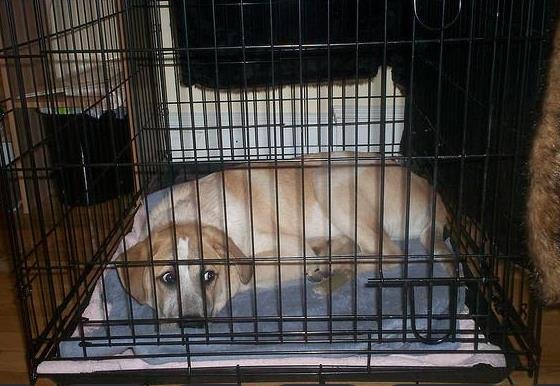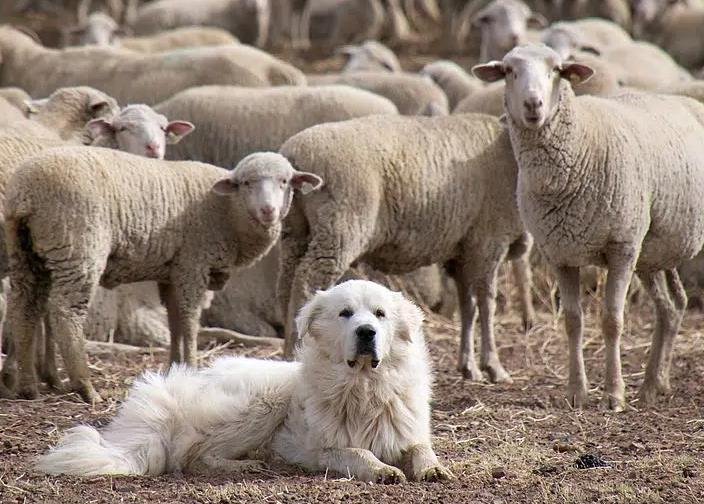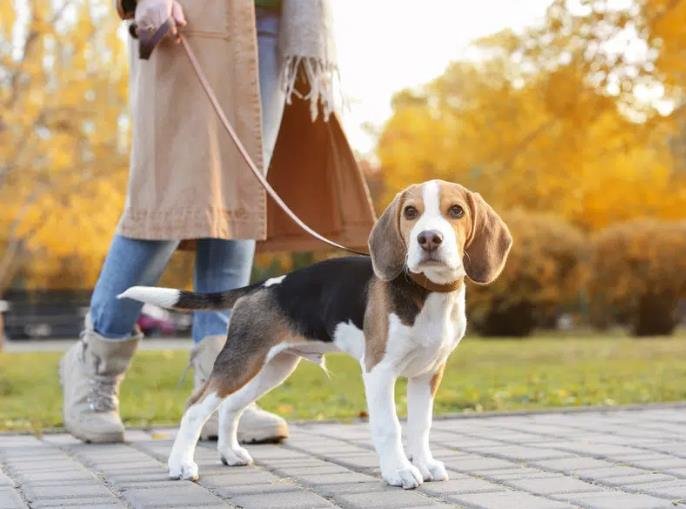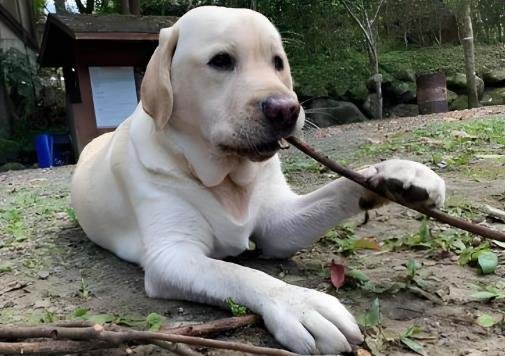Crate training an older dog can be a bit more challenging than crate training a puppy, but it’s still possible with patience, consistency, and positive reinforcement. Here are some steps to follow:

**1. Choose the Right Crate: Select a crate that is appropriately sized for your dog. It should be big enough for them to stand up, turn around, and lie down comfortably, but not so large that they can use a corner as a bathroom.
**2. Make the Crate Comfortable: Line the bottom of the crate with a soft, cozy bed or blanket. You can also add a toy or two to keep your dog occupied. The goal is to make the crate a pleasant place for your dog to spend time.
**3. Introduce the Crate Gradually: Start by placing the crate in a room where your dog spends a lot of time, but avoid placing it in an area where they are left alone for long periods. Let your dog explore the crate at their own pace, without forcing them inside. You can encourage them to enter the crate by placing treats or toys inside.
**4. Associate the Crate with Positive Experiences: Begin feeding your dog their meals near the crate to associate it with positive experiences. Gradually move the bowl closer to the crate until they are comfortable eating inside it. You can also reward your dog with treats and praise when they enter the crate on their own.

**5. Use Crate Training as a Routine: Establish a routine for using the crate, such as putting your dog in the crate when you leave the house or when they need to settle down for a nap. Consistency is key in crate training.
**6. Be Patient and Consistent: It may take some time for your older dog to get used to the crate. Be patient and consistent with your training efforts. Never punish your dog for not wanting to stay in the crate or for having accidents inside it. Use positive reinforcement instead.
**7. Address Any Anxiety or Stress: If your older dog experiences anxiety or stress when confined in the crate, try to identify the underlying cause and address it. This might involve providing them with a calming aid, like a thunder shirt, or working on desensitization techniques to help them feel more secure.
**8. Monitor Your Dog’s Reactions: Pay close attention to your dog’s reactions to the crate training process. If they show signs of distress or discomfort, you may need to adjust your approach or consult a professional trainer or behaviorist for guidance.
**9. Never Use the Crate as Punishment: It’s crucial to never use the crate as a form of punishment. The crate should be a safe and comfortable space for your dog, not a place they associate with being punished.
**10. Gradual Exposure to Alone Time: Once your dog is comfortable spending time in the crate, you can begin leaving them alone for short periods. Gradually increase the length of time you are away to build their confidence and reduce separation anxiety.
Remember, each dog is unique, and some may take longer than others to adapt to crate training. Be patient, consistent, and positive, and with time and effort, your older dog should learn to enjoy their crate as a safe and comfortable space.







